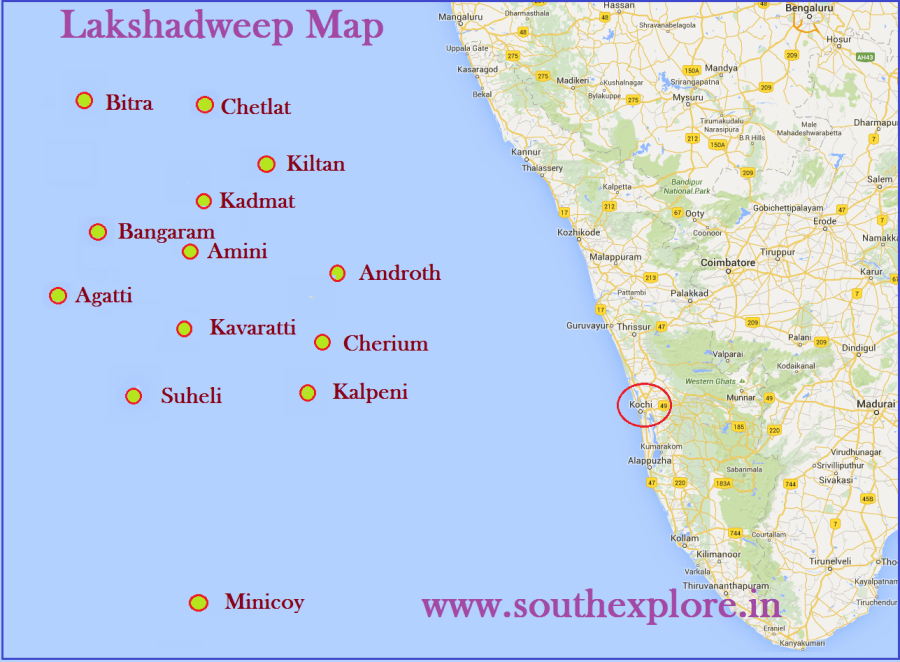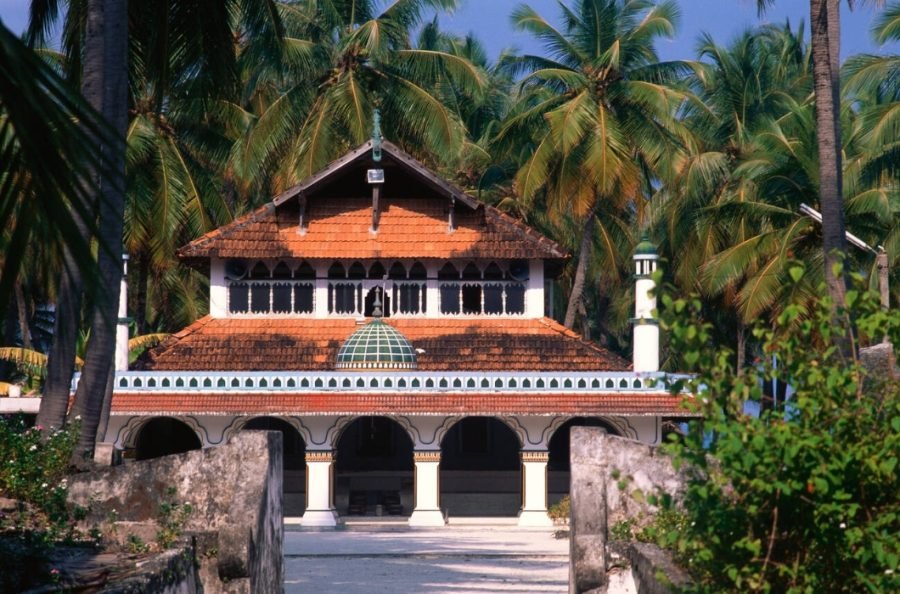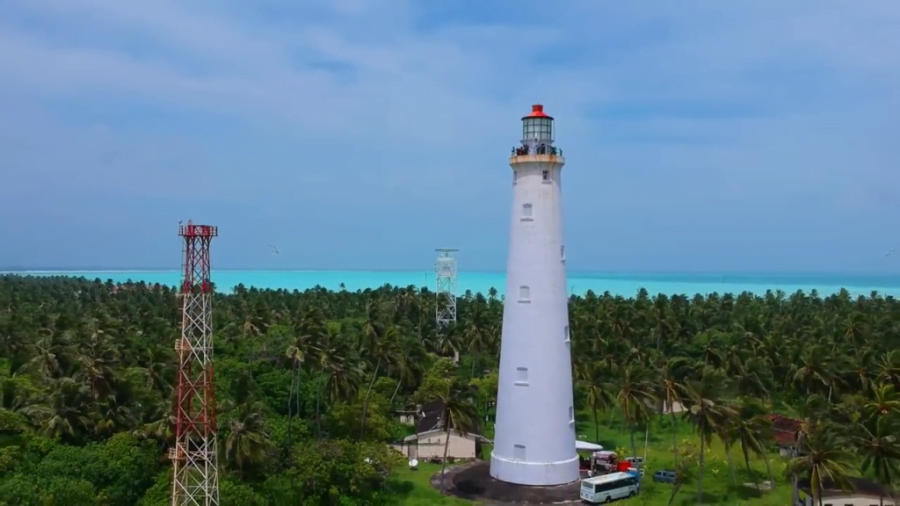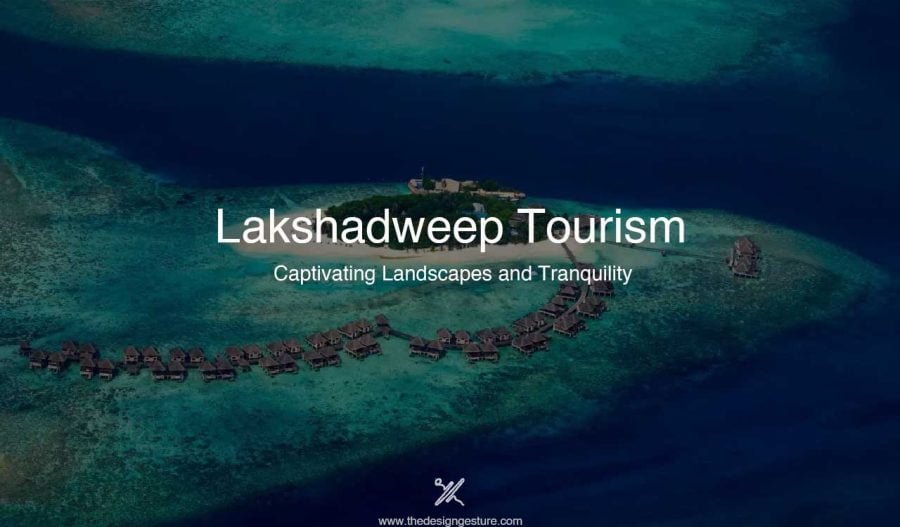Table of Contents
Introduction

When you learn about Lakshadweep’s insights, your heart is filled with satisfaction in the rush of Lakshadweep versus Maldives. These pristine waters have a magical character that revitalizes and refreshes visitors. Travelers often choose Lakshadweep because of its alluring beauty. Beaches adorned with silvery palm trees are caressed by the Laccadive Sea’s turquoise seas. A wooden cottage may be seen by just turning your head aside to see sunrises and sunsets. A curious dolphin would approach boats and cuddle with snorkelers as they explored the underwater life in lagoons and coral reefs.
Lakshadweep is situated off the southwest coast of India in the Arabian Sea. Comprising 36 islands, this Union Territory is known for its stunning coral reefs, clear blue waters, and diverse marine life. The culture of Lakshadweep is deeply influenced by its maritime heritage, with fishing and coconut cultivation being prominent economic activities. The local communities predominantly follow Islam, and the serene beauty of the islands attracts tourists seeking a tranquil and picturesque getaway.
The predominant architectural style revolves around simplicity, functionality, and adaptation to the tropical climate. Traditional Lakshadweep houses, known as “Jali houses,” are characterized by wooden lattice-work screens that provide ventilation while ensuring privacy. These lattice screens are crafted with precision, allowing the gentle sea breeze to permeate the interiors while blocking excessive sunlight. The construction materials used in Lakshadweep’s architecture often include locally sourced resources like coconut timber and thatch.
Modern influences have resulted in the creation of facilities that serve the tourist and administrative industries including features of contemporary architecture. Government buildings, resorts, and other constructions frequently combine classic architectural features with contemporary conveniences. The tourist sector in Lakshadweep is strictly managed to prevent any harmful influence on the environment. It takes a permit to enter the region. There are tour packages offered by the government.
History of Lakshadweep
A Greek sailor from the first century CE first identified the islands that are now Lakshadweep as a source of tortoise shells. Following Muslim missionary efforts in the 7th century and ongoing interactions with Arab traders, all islanders were finally converted to Islam. The islands were seized by a tiny Hindu monarchy on the Malabar Coast sometime around 1100. They were later inherited by the Kolathiris, another small Hindu dynasty, following the collapse of the Kulashekhara dynasty in Kerala.
A kingdom was established in the Kannur region to safeguard the matrilineal descent customs of Kerala. Later in the 12th century when a Kolathiri princess married a Muslim convert. The Portuguese arrived on the islands in 1498. After that, they constructed a fort to regulate commerce, especially in coir. Up until Tippu Sultan, the sultan of Mysore, on the mainland, gained possession of the northern group of islands, the Amindivis, a succession of female rulers and their husbands governed the islands.
Vernacular Architecture

Lakshadweep’s traditional vernacular architecture exhibits a well-balanced fusion of cultural identity, environmental responsiveness, and practicality. The low-slung Structures provide stability from occasional strong winds. The low profile also helps maintain a comfortable interior temperature. In addition to dispersing heat, the sloping roofs of the houses lower interior temperature. These roofs are strategically designed to facilitate efficient rainwater runoff to prevent water logging. Lakshadweep’s architecture exhibits a distinctive fusion of modern and traditional elements. Local resources like coconut wood and coral stones are used to build the traditional dwellings, called Oottukkettu.
In traditional building construction, local resources are essential. The region’s plentiful coconut wood is frequently utilized for construction components. Coconut palm leaf thatched roofs are a sustainable way to employ natural resources while also offering good insulation. Lakshadweep’s traditional architecture represents the cultural character of its people in addition to its utilitarian qualities. The houses’ exquisite wooden lattice-work screens, or “jalis,” combined with their simple form provide the structures a sense of artistic refinement. These jalis accomplish several goals by allowing for ventilation, seclusion, and a play of light and shadow inside the space.
Tourism
There are already 97 ready apartments spread over three islands, including 61 cottages. This contains 31 new wooden cabins in Bangaram, 20 cottages at Minicoy, and a 16-bed resort at Kavaratti. At Thinnakara, renovations are underway for about 15 off-white tensile tents that should be open for the upcoming season. The hotel in Kadmat will feature 110 rooms, including 35 water villas, while the future Taj property at Suheli will have 110 rooms spread between 60 beach villas and 50 water villas.
Efforts to protect coral reefs and marine biodiversity contribute to sustainable tourism practices. Kavaratti, the administrative capital, provides insights into the local culture with its mosques, traditional houses, and vibrant markets. Lakshadweep is known for its coconut cultivation. Maintaining the pristine ecosystem requires sustainable practices like trash management and conservation initiatives.
Ten inhabited islands make up the 32 square kilometer Lakshadweep; of these, Bangaram, Kadmat, Kavaratti, Kalpeni, Minicoy, Agatti, Cheriyam, Thinnakara, and Suheli are accessible to tourists. While Suheli, where a Taj resort is scheduled to open in 2026, is only frequented by fishermen and boasts unspoiled lagoons, Bangaram is the most popular travel destination. AM Hussain, assistant director of tourism in Lakshadweep, describes Suheli’s beauty as “out of the world”.
There are already 97 ready apartments spread over three islands, including 61 cottages.This contains 31 new wooden cabins in Bangaram, 20 cottages at Minicoy, and a 16-bed resort at Kavaratti. At Thinnakara, renovations are underway for about 15 off-white tensile tents that should be open for the upcoming season. The hotel in Kadmat will feature 110 rooms, including 35 water villas, while the future Taj property at Suheli will have 110 rooms spread between 60 beach villas and 50 water villas.
Kavaratti Islands
A diminutive island covering 3.93 square kilometers, it is a breathtaking gem within the Lakshadweep group of islands. In the middle of the peaceful surroundings, the glittering white sand beaches provide comfort. The primary attractions of Kavaratti include its lush coconut palms, rich marine life, and exciting water sports. When visiting the Kavaratti islands, it is not necessary to anticipate the typical tourist destinations.
The island is ideal for adventurous travelers. Kavaratti is a paradise for those who relish adventure. Urja Mosque built by a sculptor is also situated here. Kavaratti is about 360 km from Kochi’s coast. It lacks an airport of its own hence Agatti is the closest airport to the island. One can either take a yacht or boat, sailing across the sea from Agatti, or opt for a direct sea journey from Cochin to Kavaratti.
Mohidden Mosque

Situated in Lakshadweep, an unincorporated region of India, on Kavaratti Island lies the Mohidden Mosque. It is sometimes referred to as the Ujra Mosque. The Ujra Mosque is very stunning! situated on Kavaratti Island’s southeast coast. Within the mosque’s grounds is a spring that yields medicinal water. The Mohidden Mosque is located on the island’s northwest coast.
The intricate ceiling is purported to have been carved from a singular piece of driftwood. The religious center is distinct in that it does not conduct regular namaz and devotees just come to contemplate. The building’s design is reminiscent of Kerala’s coastal temples including sloping tiled roofs to shield the interiors from the island’s constant rain. It is exquisitely erected on an elevated platform and thus the mosque diverges from others in its absence of minarets.
Dolphin Dive Center, Kadmat Island
The Dolphin Dive Center on Kadmat Island provides a distinctive opportunity to explore the vibrant marine life. Marine turtles thrive on this beautiful island, where they reproduce and reside. Discovering the complex ecosystems that make Lakshadweep a popular diving destination is made easier by Kadmat’s crystal-clear waters. For those preferring a lighter aquatic adventure, the center also facilitates snorkeling excursions.
Snorkelers can witness the kaleidoscopic world beneath the waves, where coral gardens host an array of marine life, from playful schools of fish to graceful sea turtles. The Dolphin Dive Center offers thrilling underwater escapades and promotes awareness about marine conservation. In essence, the Dolphin Dive Center beckons visitors to embark on a journey of underwater discovery.
Minicoy Island

Minicoy, also known as Maliku in the local dialect, is one of India’s best-kept secrets. It is the second-largest island in size among the Lakshadweep group. The most well-known feature on Minicoy Island is this lighthouse. This 49.5-meter-tall lighthouse features a lantern and a gallery. The gallery provides an amazing vista of the whole island. Using bricks transported from London, Sir James Douglass planned and constructed the lighthouse.
Minicoy Thundi Beach is renowned for its cleanliness and is a Blue Flag beach as well. The traditional boat type found on Minicoy Island is called a jahadhoni. On the reef of Minicoy Island, two ships as well as the S.S. Hoechst sank. The remnants of these ships have given home to huge fish presently. The ancient Lava Dance is another reason for Minicoy Island’s popularity. The people of the island conduct this type of folk dance at special events and festivals.
Agatti Islands
Within the Indian island group of Lakshadweep, the Agatti Islands are esteemed as another jewel, offering a haven of natural beauty and serenity. It is located 530 miles from the Kollam Port and 460 kilometers from the Kochi mainland. The closest island is Bangaram Island, which is located around 7 km away from Agatti. Northeast of Agatti Islands is where it is located. About 55 miles to the southeast of Agatti is the island of Kavaratti. Agatti Island is situated 77 miles south of Suheli Par island. A little region of around 0.09 square kilometers constitutes Kalpatti Island and is located at the southern extremity of Agatti Island.
Agatti Island has its airport, the Agatti Airport. The airport is situated 459 miles away from Kochi, India’s coastline. From Kochi, daily ATR 42 flights are available Monday through Saturday. There is also a waterway that connects Agatti Island. Every day, seven-passenger cruise ships equipped with contemporary amenities depart from Cochin and arrive at Agatti in 20 to 22 hours.
Agatti is the ideal beach getaway due to the amazing beaches on the Island. Some might even attempt deep-sea fishing. The island boasts renowned activities such as glass-bottom boat rides and scuba diving, attracting enthusiasts seeking to explore its vibrant underwater world. These activities are worth doing since they feature a range of colorful fish, stunning corals, and unusual aquatic species.




